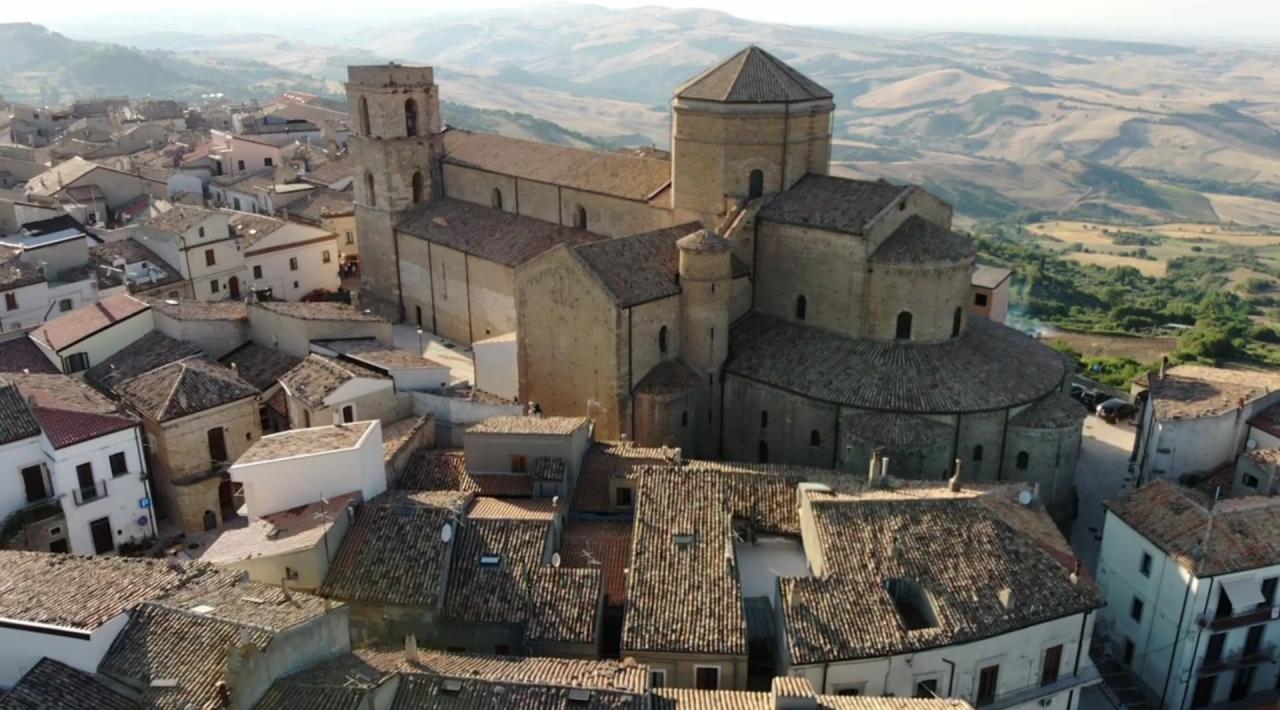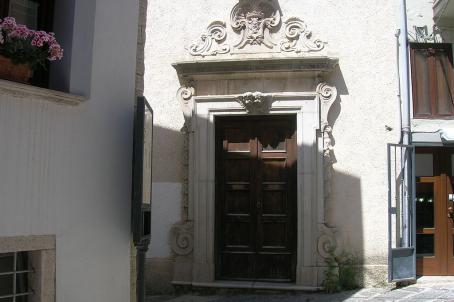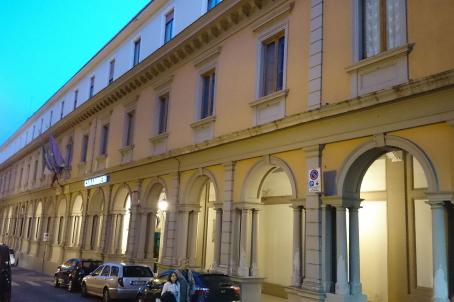Acerenza Cathedral

The present cathedral was built between the 11th and 13th centuries on the remains of a former early Christian church. In 1281, the church was partially rebuilt in Roman-Gothic forms, but in 1456, this Romanesque cathedral was severely damaged by an earthquake; moreover, due to a long series of non-resident archbishops, the building was abandoned. It was not until 1524 that the complete restoration of the church began. After the earthquake of 1921, the dome of the bell tower was replaced by a terrace, while the dome of the cathedral was rebuilt in 1934, as the earthquake of 1930 had seriously damaged the original cylindrical dome.





